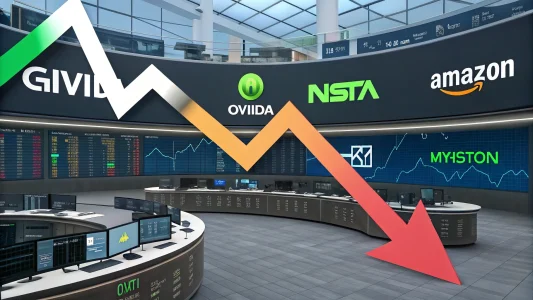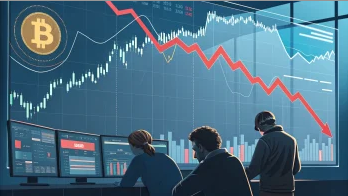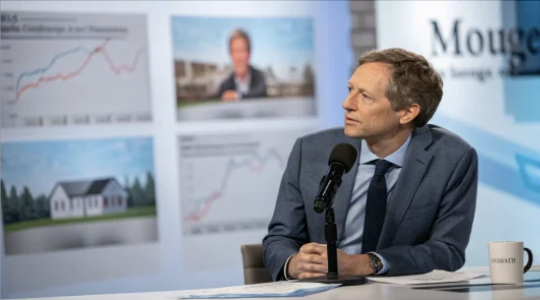The Federal Reserve concluded its recent meeting with no changes to interest rates, a decision that market observers widely anticipated. Fed Chair Jerome Powell described the current economic situation as “navigating through a tricky passage,” highlighting monetary policymakers’ complex challenges.
According to the Federal Reserve’s latest assessment, the risks of higher inflation and increased unemployment are rising. This dual concern has placed the central bank in a cautious position, leading to its decision to maintain current rates rather than implement changes.
Table of Contents
ToggleKey Developments from the Fed Meeting
The Federal Reserve has adopted a “wait and see” approach to monetary policy, choosing to gather more economic data before making any significant moves. This stance reflects the uncertainty in current economic conditions and the desire to avoid potential policy mistakes.
Powell’s characterization of the economic landscape as a “tricky passage” suggests the Fed is trying to balance multiple competing factors in its decision-making process. The central bank appears concerned about:
- Rising inflation risks that could harm purchasing power
- Increasing unemployment concerns that might affect American workers
- The need to maintain economic stability during uncertain times
View this post on Instagram
Tariff Policy Concerns
In a notable development, Powell addressed the potential impact of tariff policies on the economy. Without directly naming former President Trump, Powell suggested that tariff policies could contribute to inflation and potentially lead to job losses for Americans.
This statement comes amid public pressure from Trump, who has been vocal about wanting the Federal Reserve to cut interest rates. The Fed Chair’s comments about tariffs could be interpreted as countering this pressure while maintaining the central bank’s independence.
Powell’s remarks highlight the complex relationship between trade policy and monetary policy. Higher tariffs typically raise prices for imported goods, contributing to inflation, a factor the Fed must consider when setting interest rates.
Political Pressure and Fed Independence
Despite political pressure, the Federal Reserve’s decision to hold rates steady underscores the institution’s commitment to independence. Central bank independence is crucial for making economic decisions based on data rather than political considerations.
Trump’s public calls for rate cuts represent an unusual level of direct pressure on the Federal Reserve from a political figure. Historically, presidents have avoided commenting directly on monetary policy decisions to respect the Fed’s autonomy.
The tension between Trump’s desire for lower rates and the Fed’s decision to hold steady creates an interesting political dynamic that may continue to evolve in the coming months.
As economic data continues to emerge, the Federal Reserve will likely adjust its approach based on inflation trends, employment figures, and overall economic growth. Their cautious stance suggests they see significant risks in both directions and prefer to wait for more clarity before making their next move.
Frequently Asked Questions
Q: Why did the Federal Reserve decide not to cut interest rates?
The Federal Reserve maintained current interest rates because it faces increased risks in both directions—higher inflation and rising unemployment. This uncertainty has led it to adopt a cautious “wait and see” approach, preferring to gather more economic data before making any policy changes.
Q: What did Powell say about tariff policies?
While not mentioning Trump by name, Powell indicated that tariff policies could contribute to inflation and potentially cause job losses for Americans. This statement addresses the economic impact of trade policies that increase tariffs on imported goods.
Q: How important is the Federal Reserve’s independence from political pressure?
The Fed’s independence is essential for making economic decisions based on data rather than political considerations. By holding rates steady despite public pressure for cuts, Powell demonstrated the Fed’s commitment to maintaining this independence, which helps ensure monetary policy focuses on long-term economic stability rather than short-term political goals.

















